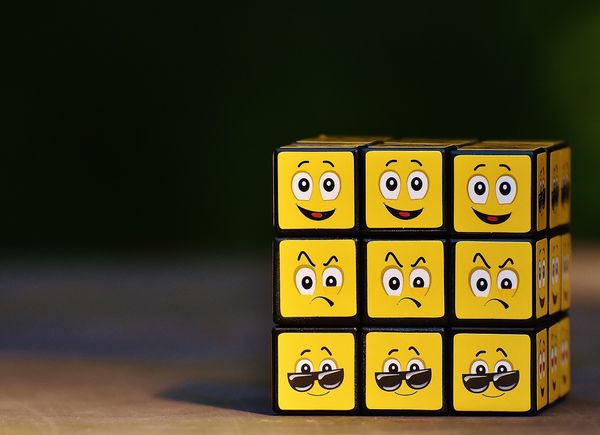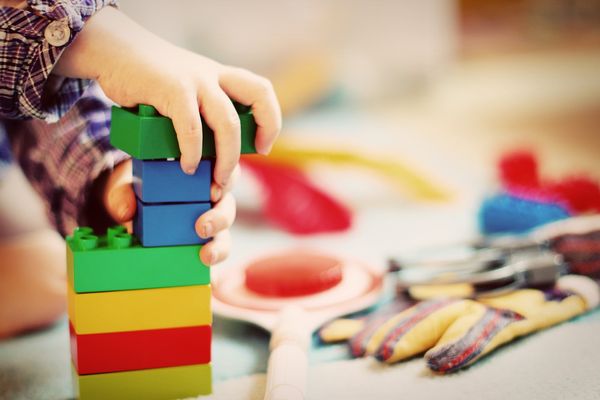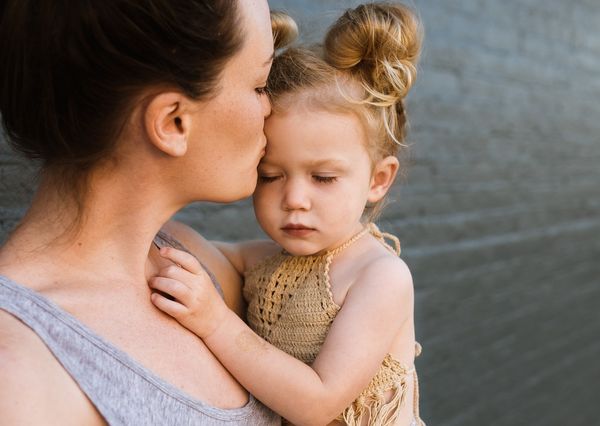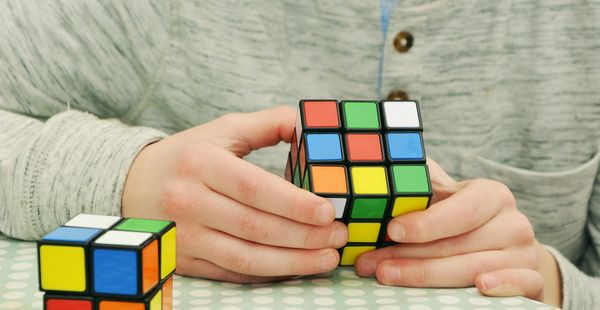Coping with Goodbyes: Easing Your Child's Separation Anxiety

Navigating separation, whether physical or emotional, can be a challenging part of parenting. It's essential to remember that our goal isn't to prevent our children from experiencing emotions like frustration or anxiety during our absence. Instead, we aim to help reduce the intensity of these emotions, quickly reconnect, restore a sense of safety, and aid in emotional processing.
Here are some age-specific methods to handle separation with your child. Remember, methods suitable for older ages might also work for younger children. So, if your little one is currently 4-5 years old, it's worth reading through all the methods to find the ones that best suit your child and you.
Age 0-12 months:
- Capture attention before separation: Make eye contact, smile, nod and explain where you're going and when you'll be back. Emphasize what you'll do together after returning.
- Provide extra contact: Dedicate the first moments after returning entirely to the child – sit on their lap, hug, kiss, whisper pleasant words, tell them how much you missed them.
- Leave items with your scent: Your clothes or photos can help comfort your child in your absence. You can also record stories or songs so the child can hear your voice.
Age 1-2 years:
- Leave your things with the child: This can provide a sense of comfort and familiarity.
- Create a handover and farewell ritual: This could be a kiss, a hug, a "high five," or waving by the door.
- Ask the child what they want you to buy: When you return, buy a treat, a coloring book, or another small item to show them you were thinking of them.
- Place magical kisses in the child's pocket: These can be imaginary or made of paper, fabric, felt, etc. They can be taken out and applied to their cheek when they feel sad.
Age 2-3 years:
- Provide extra contact and attention before and after separation.
- Give small gifts or bring something with you when you return home.
- Create rituals and traditions that can be maintained even when you're not at home.
- Use matching items: Matching shirts, dolls, toys, or drawings on your hands can create a sense of connection.
One great resource to help with this is The Invisible String. This heartwarming book can help children understand that they're always connected to the ones they love, even when they're not physically close.

Age 3-4 Years:
- Provide Extra Contact and Attention: Just like for a younger age, give your child extra contact and attention before and after separation. This could be in the form of a hug, a kiss, or a special goodbye ritual.
- Bring Along Special Items: Items with a shared history or experiences can provide comfort. This could be a favorite toy, a blanket, or a book.
- Pack a Special Snack: Using a Bentgo Kids Leak-Proof Lunch Box, pack a snack or a treat for your child to take to daycare or school. Include a little drawing or a note in the lunchbox, and create it together for added bonding time.
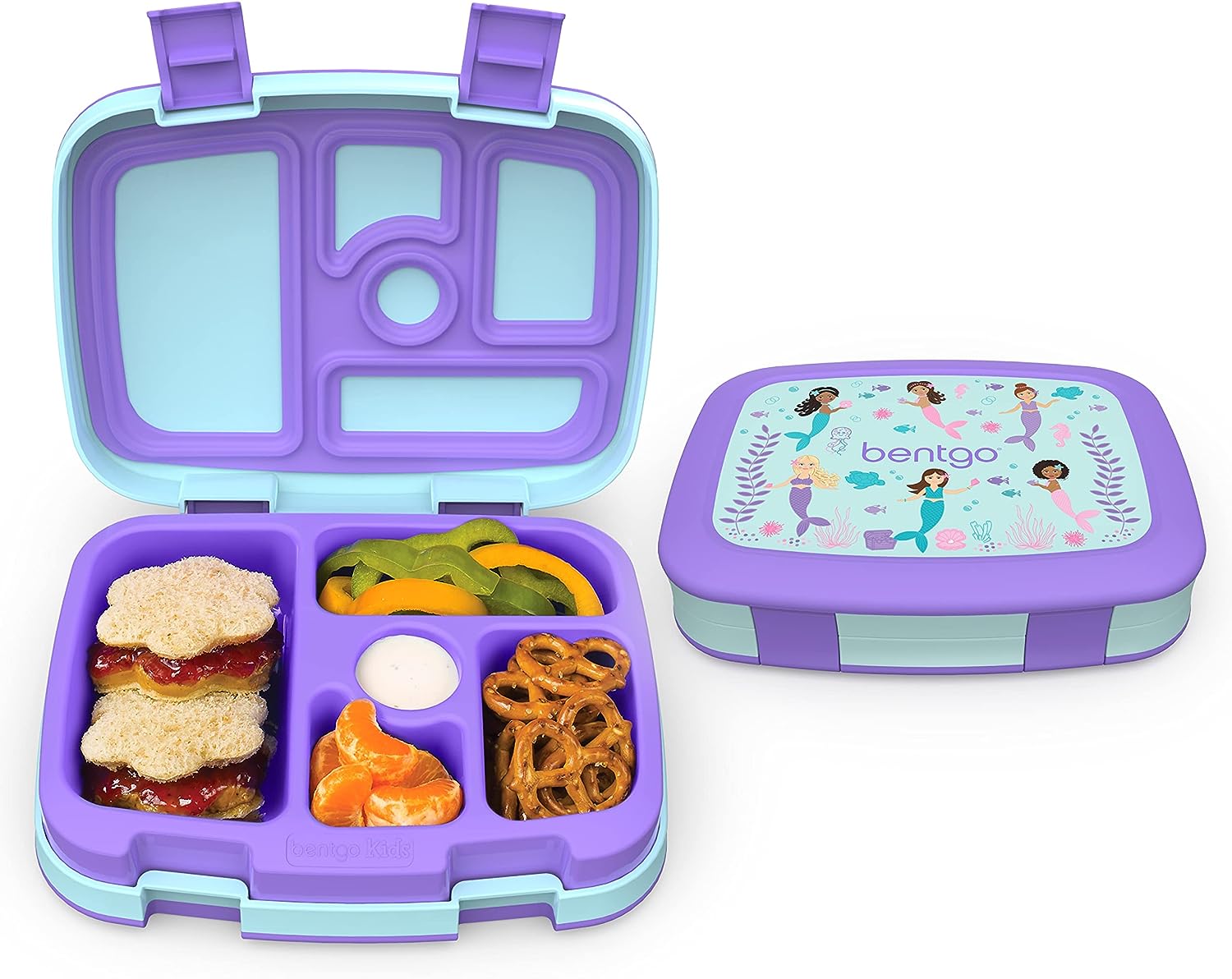
- Create Matching Jewelry: Using a Bracelet Making kit, make matching bracelets or necklaces, and leave one for your child while taking the other for yourself.
Age 4-5 Years:
- Provide Extra Contact and Attention: Just like for a younger age, provide extra contact and attention before and after separation. Explain where and why you're going and when you'll be back, and what you'll do together after returning.
- Leave Unexpected Notes: Leave unexpected notes and drawings in their pockets or books. This could be a simple "I love you" or a fun doodle.
- Share a Special Book: Share a special book like The Kissing Hand which tells a heartwarming story of a mother's love that stays with a child wherever they go.
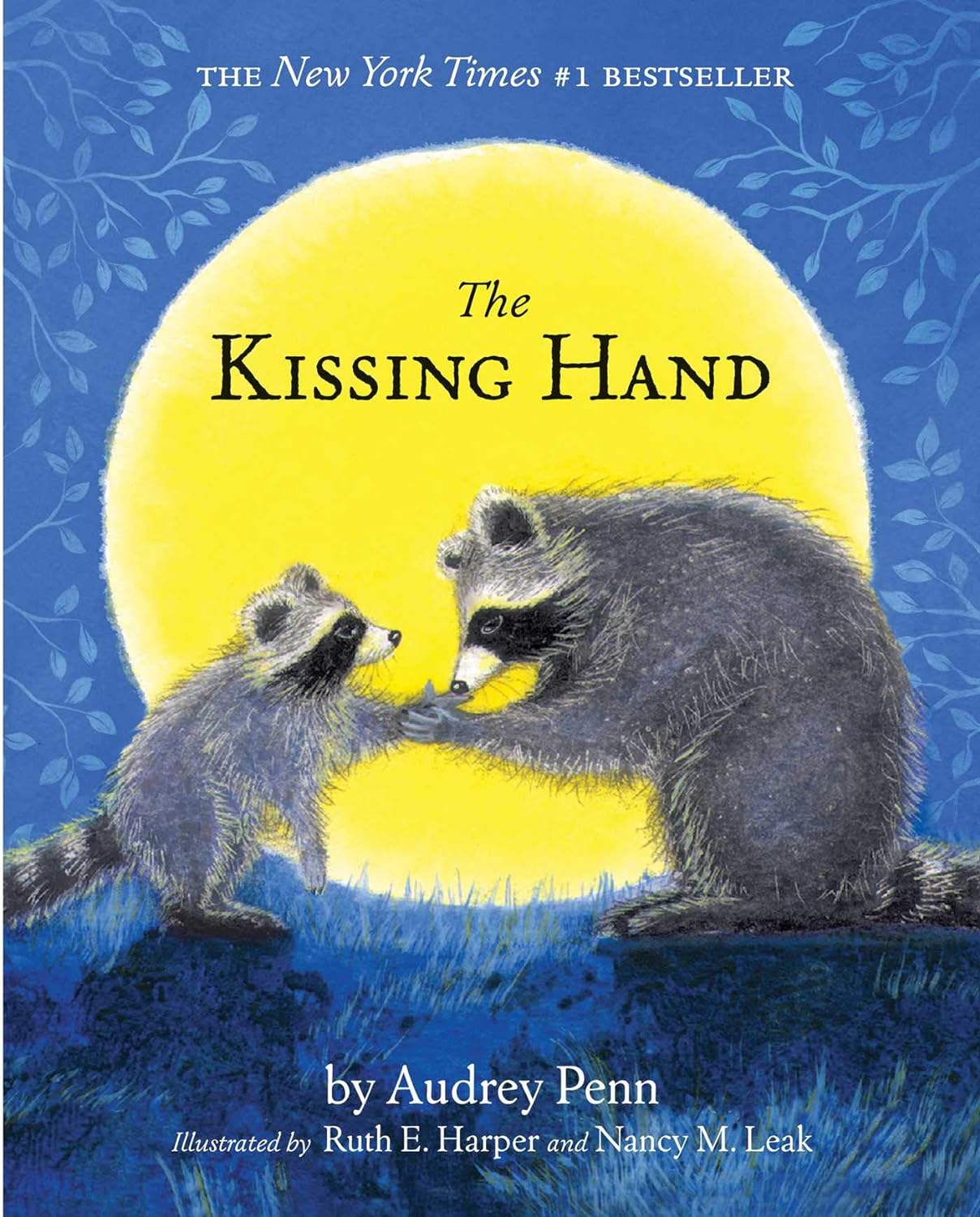
Remember, if your child is over 4-5 years old or even in school, you can choose any of the separation handling methods from the provided list because separation occurs at any age. Even as adults, when we temporarily lose contact with someone close, we want to somehow "bridge the gap," restore contact, and make sure that everything is okay with the connection.
